Service Information About First and Second Design Brake Pipe Flares, Updated Service Procedures and New Tool for Brake Pipe Repair

| Subject: | Service Information About First and Second Design Brake Pipe Flares, Updated Service Procedures and New Tool for Brake Pipe Repair |
| Models: | 2002 - 2003 Saturn VUE Vehicles |
There is a first design and second design of the brake pipe flare for the hydraulic brake pipes and system components used on the Saturn VUE. All 2002 vehicles and some 2003 vehicles were produced with the ISO brake pipe flare design. The following 2003 vehicles were built with the double-inverted brake pipe flare design:
· 3S815665 through 3S815669
· 3S815866 through 3S815960
· 3S816025 through 3S816124
· 3S816355 through 3S816454
· 3S823795 through current 2003 production
Purpose
The purpose of this bulletin is to provide service information on the two different brake pipe flare designs. This bulletin also includes information about the new hydraulic brake flare tool. Replace pages 51-59 of the 2002-2003 Saturn VUE Brake Service Manual with this bulletin. When servicing vehicles produced with ISO flares, it may be necessary to service sections of the brake pipe and the brake pipe fittings with the double-inverted flare fittings. Refer to the procedure in this bulletin.
Service Procedure
ISO and Double-Inverted Brake Pipe Flare Designs
· J 45405 Brake Pipe Flaring Kit
Notice: To eliminate mis-matching flare types, NOTE which flare design is present when removing brake lines from vehicle. Do not mis-match flare designs on the same joint. Use the same flare design on both sides of each joint to prevent damage to components and to prevent leaks.
Notice: When servicing vehicles produced with ISO flares, it may be necessary to service sections of the brake pipe and the brake fittings with the double-inverted flare fittings.
- Inspect the section of the brake pipe to be replaced.
- Release the brake pipe to be replaced from retainers as necessary.
- Select an appropriate location to section the brake pipe if necessary.
- Remove the brake pipe from the vehicle.
- Select the appropriate size of brake pipe and tube nuts. The brake pipe outside diameter determines brake pipe size.
- Using a string or wire, measure the length of the pipe to be replaced including all pipe bends. Add 3 mm (1/8 in.) for each flare to be created.
- Using the pipe cutter in the J 45405, carefully cut the brake pipe squarely to the measured length.
- Select the appropriate blade on the coating stripping tool included in the J 45405 by unthreading the blade block from the stripping tool and installing the block with the desired blade facing the tool rollers.
- Insert the brake pipe end to be flared into the stripping tool to the depth of the ledge on the tool rollers.
- While holding the brake pipe firmly against the stripping tool roller ledges, rotate the thumb-wheel of the tool until the blade contacts the brake pipe coated surface.
- Rotate the stripping tool in a clockwise direction, ensuring that the brake pipe end remains against the roller ledges of the tool
- After each successive revolution of the stripping tool, carefully rotate the thumb-wheel of the tool clockwise in order to continue stripping the coating from the brake pipe until the metal pipe surface is exposed.
- Loosen the stripping tool thumb-wheel and remove the brake pipe
- Inspect the stripped end of the brake pipe to ensure the proper amount of coating has been removed.
- Chamfer the inside and outside diameter of the pipe with the de-burring tool.
- Install the tube nuts on the brake pipe noting their orientation.
- Clean the brake pipe and the J 45405 of lubricant, contaminants, and debris.
- Loosen the die clamping screw of the J 45405.
- Select the corresponding die set and install the die halves into the die cage with the full, flat face of one die facing the clamping screw and the counterbores of both dies facing the forming ram.
- Place the flat face of an unused die (1) against the die halves in the clamping cage and hold firmly against the counterbored face of the dies.
- Insert the prepared end of the pipe to be flared through the back of the dies until the pipe is seated against the flat surface of the unused die (1).
- Remove the unused die (1).
- Ensure that the rear of both dies are seated firmly against the enclosed end of the die cage.
- Firmly hand tighten the clamping screw (2) against the dies.
- Select the appropriate forming mandrel and place into the forming ram.
- Rotate the hydraulic fluid control valve clockwise to the closed position.
- Rotate the body of the J 45405 until it bottoms against the die cage.
- While guiding the forming mandrel into the exposed end of pipe to be flared, operate the lever of the J 45405 until the forming mandrel bottoms against the clamping dies.
- Rotate the hydraulic fluid control valve counterclockwise to the open position in order to allow the forming ram to retract.
- Loosen the die clamping screw and remove the dies and pipe.
- Using a small hammer, lightly tap the dies until the die halves separate.
- Visually inspect the brake pipe flare for correct shape and size.
- Rotate the body of the J 45405 until it bottoms against the die cage.
- While guiding the finishing cone into the exposed end of pipe to be flared, operate the lever of the J 45405 until the finishing cone bottoms against the dies.
- Rotate the hydraulic fluid control valve counterclockwise to the open position in order to allow the hydraulic forming ram to retract.
- Loosen the die clamping screw and remove the dies and pipe.
- Using a small hammer, lightly tap the dies until the die halves separate.
- Visually inspect the brake pipe flare for correct shape and size.
- Using a suitable brake pipe bending tool, shape the new pipe using the removal section of pipe as a template.
- Install the pipe to the vehicle with the appropriate brake pipe unions as required.
- Secure the brake pipe to the retainers.
- Bleed the brake system. Refer to Brake Bleeding or Brake Pressure Bleeding procedure in the Mechanical section of the Brakes Service Manual.
- With engine running and the brakes applied, inspect the brake pipe flares for leaks.
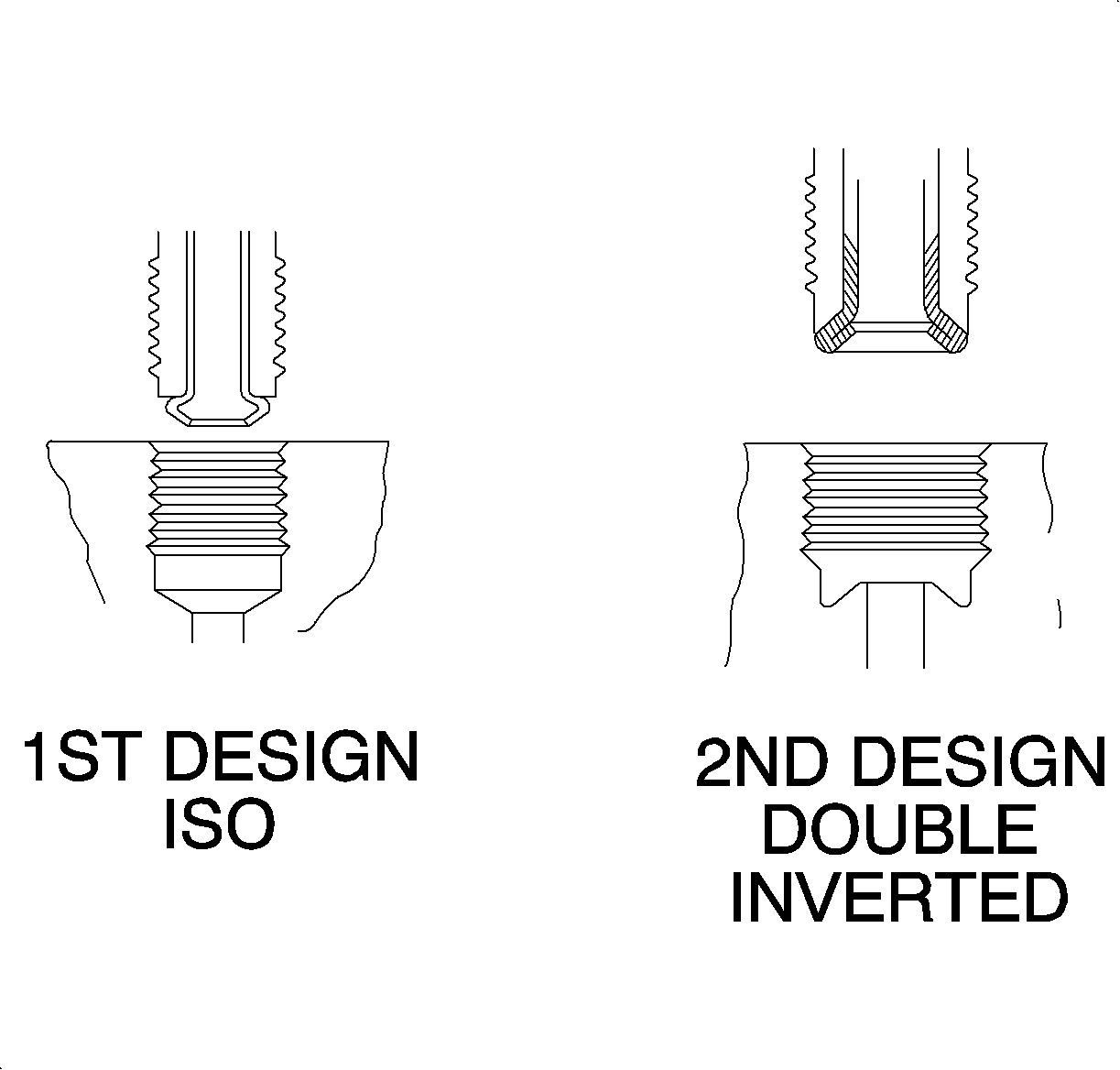

| • | Allow adequate clearance in order to maneuver the Special Tool J 45405 Brake Pipe Flaring Kit |
| • | Avoid sectioning the brake pipe at bends or mounting points. |
| • | Use the pipe cutting tool in J 45405. |
Important: Ensure that the brake pipe end to be flared is cut at a square 90 degree angle to the pipe length.
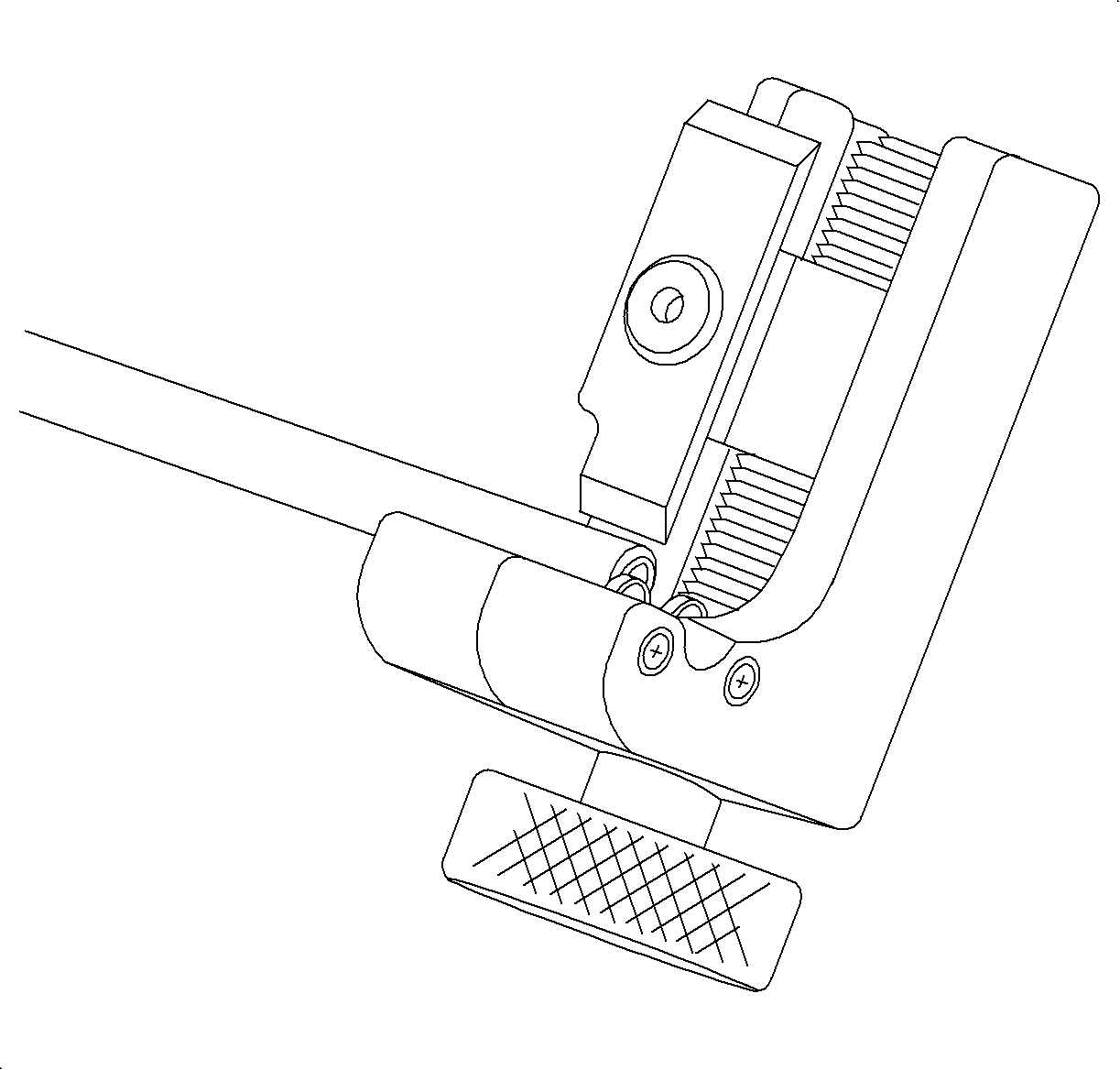
Important: Do not gouge the metal surface of the brake pipe.
Specification
| • | 6 mm (1/4 in.) for pipe outside diameter 4.76 mm (3/16 in.) |
| • | 9.5 mm (3/8 in.) for pipe outside diameter 6.35 mm (1/4 in.) |
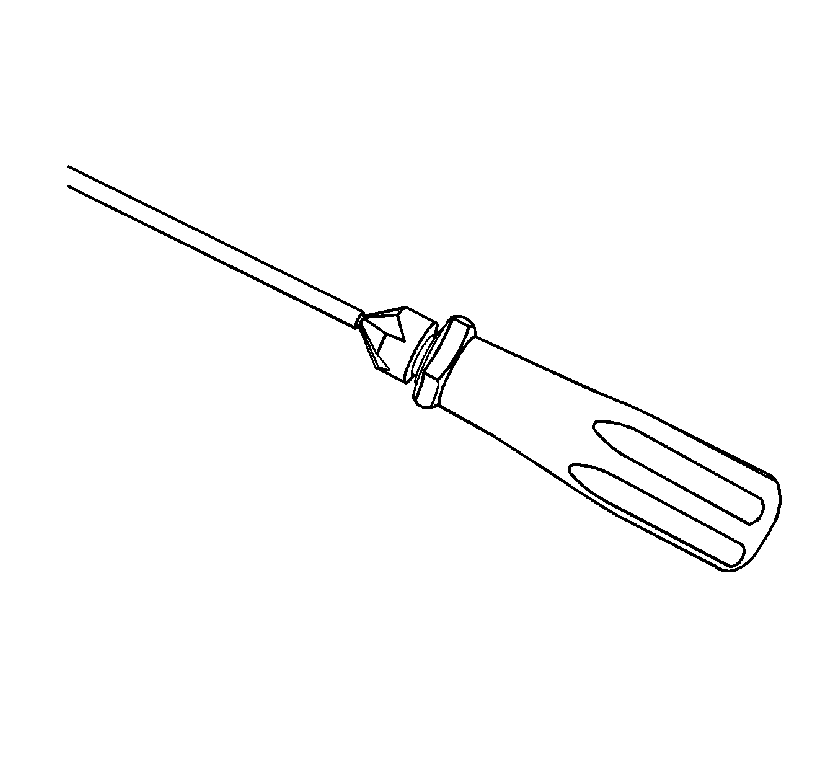


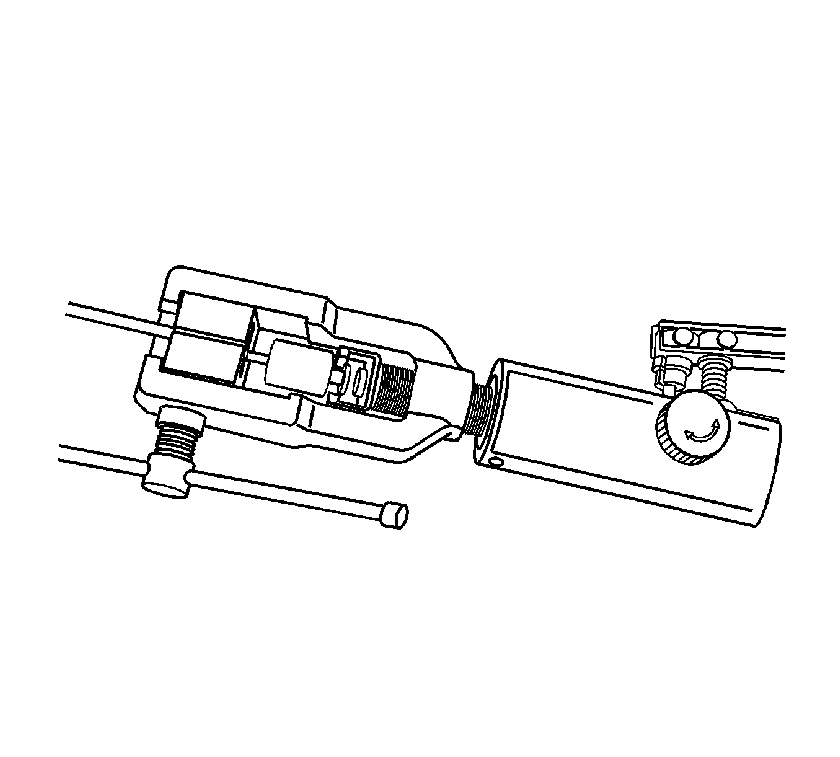
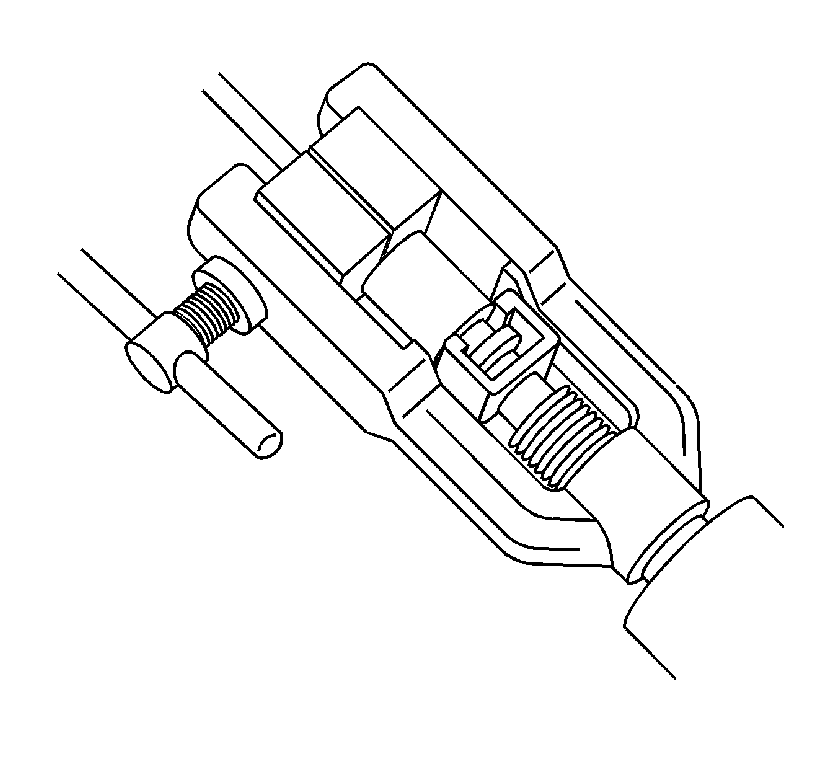
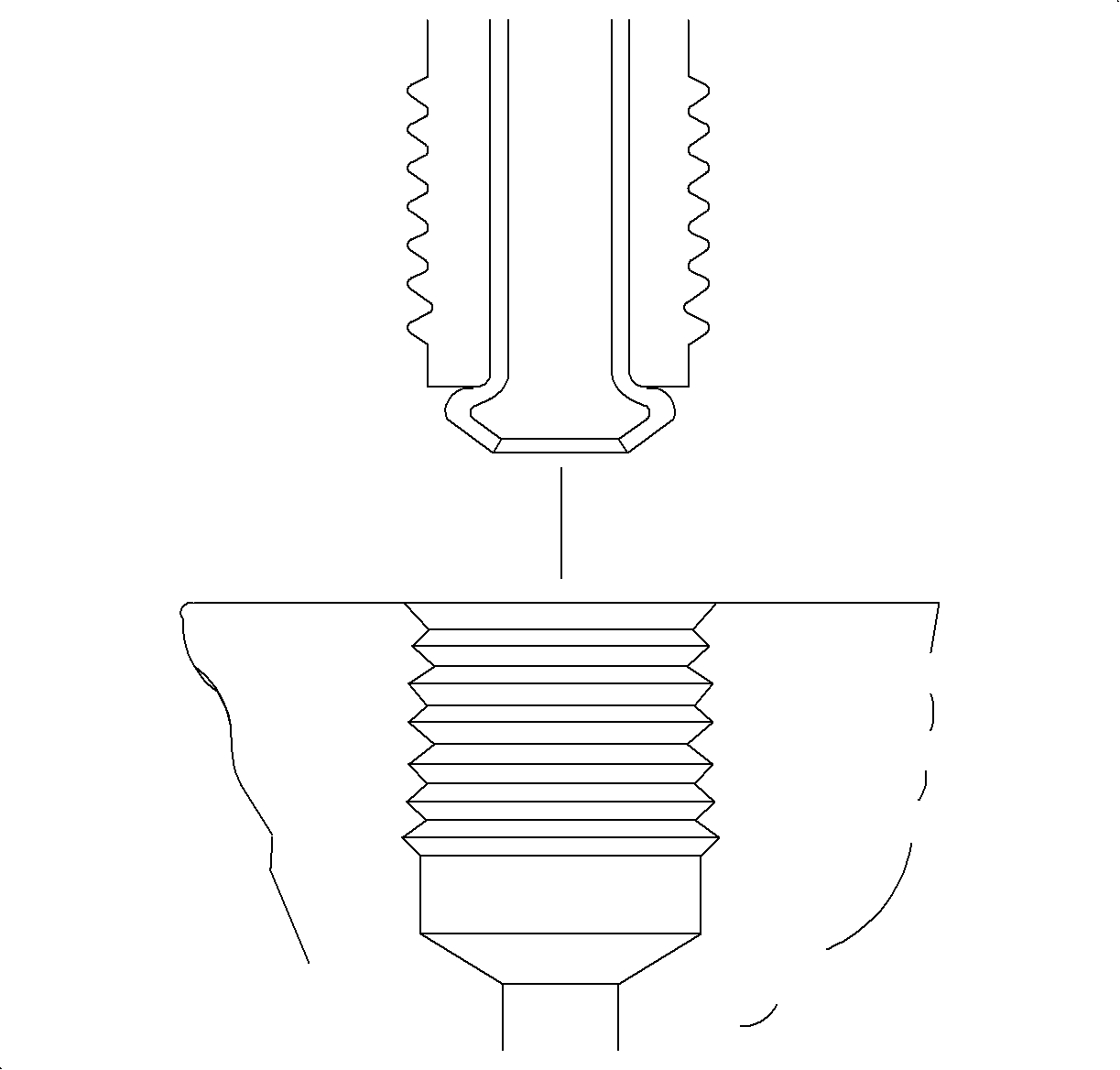
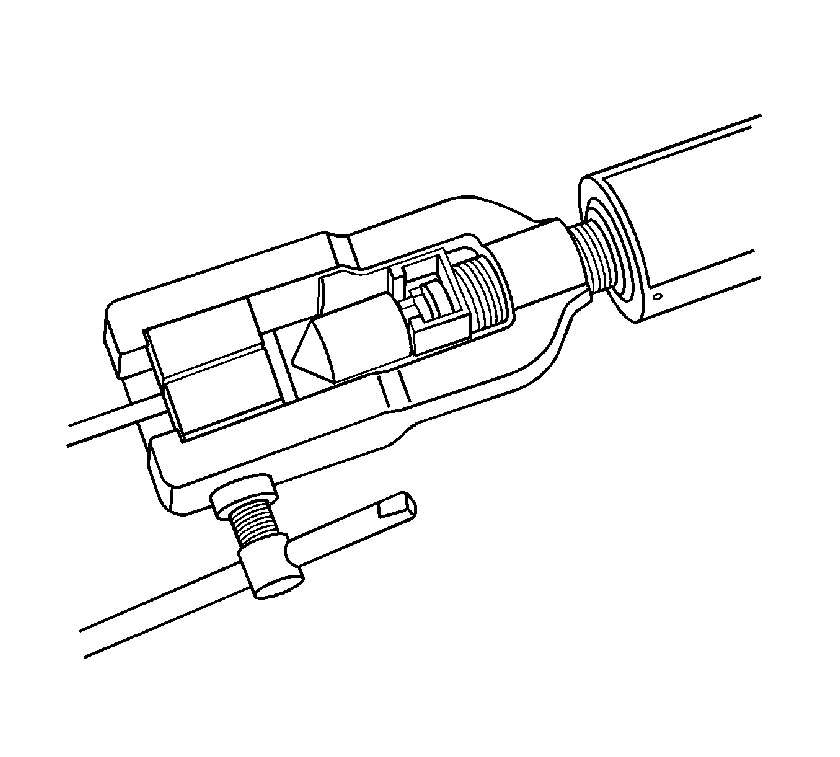
Important: Insert the finishing cone into the forming ram if the vehicle is equipped with the double-inverted brake pipe flare design. Steps 33 through 37 are for double-inverted flare designs only.
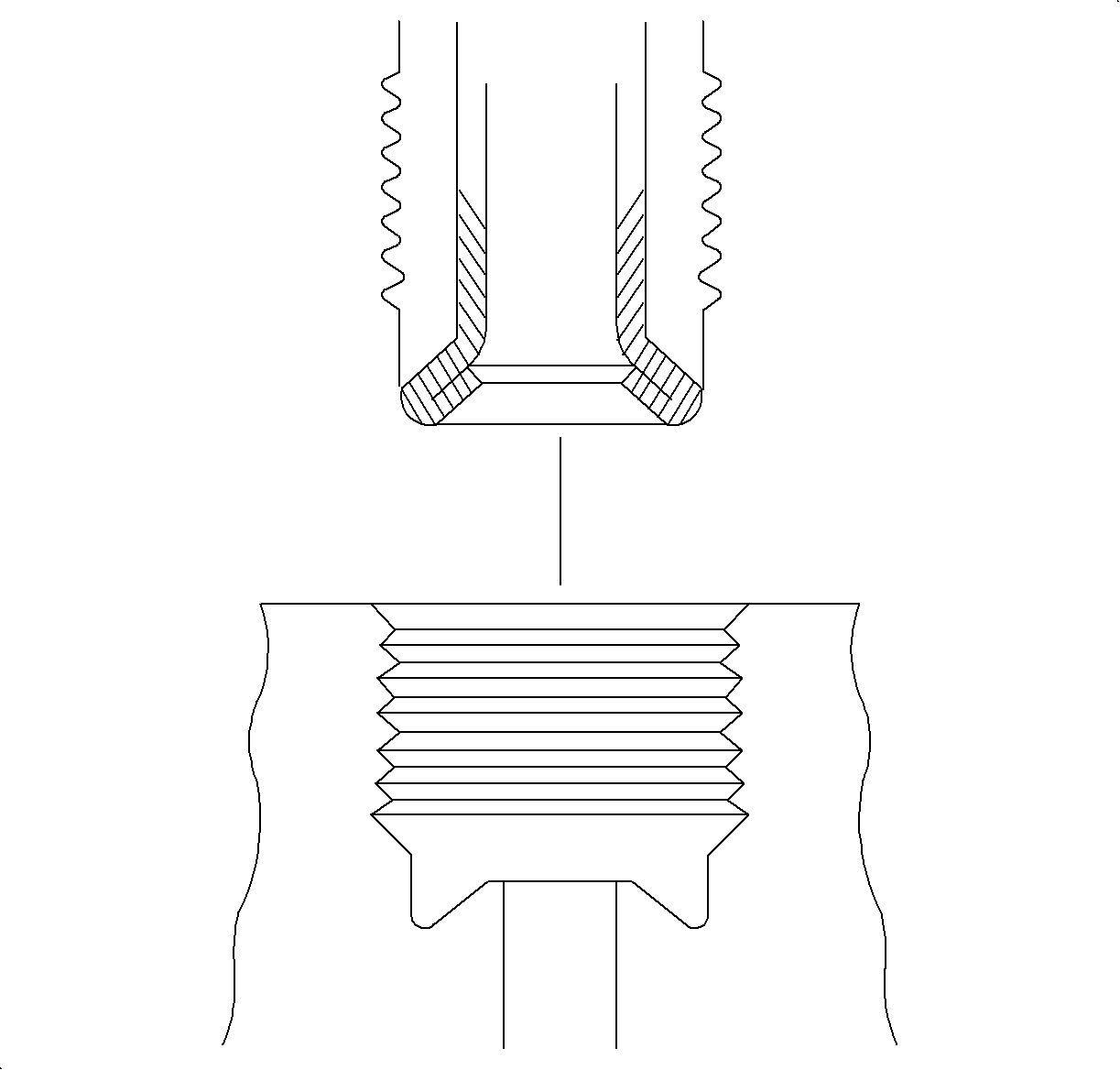
Important: When installing the pipe, maintain a clearance of 19 mm (3/4 in.) from all moving or vibrating components
